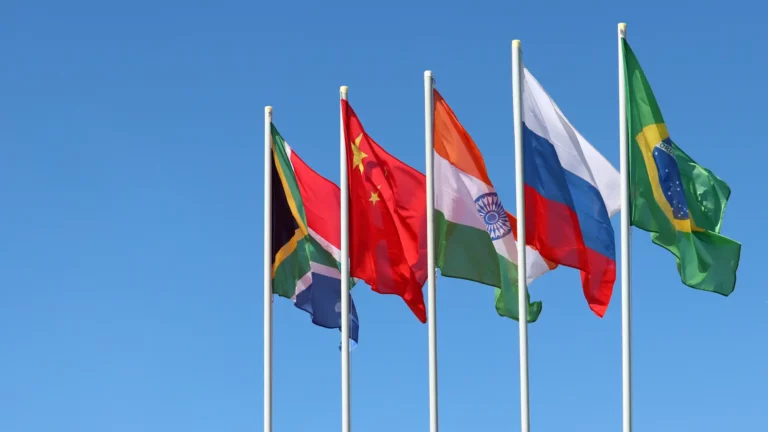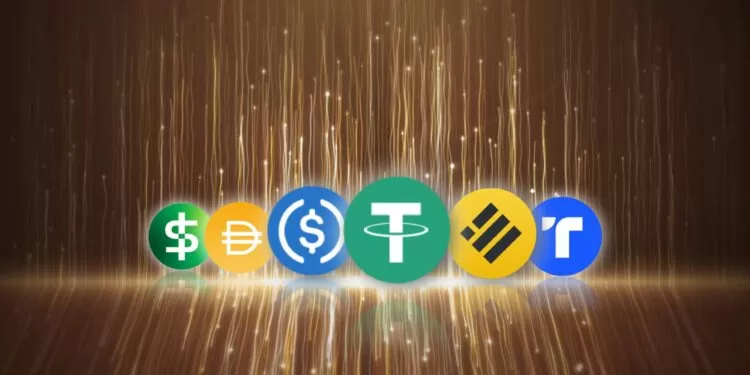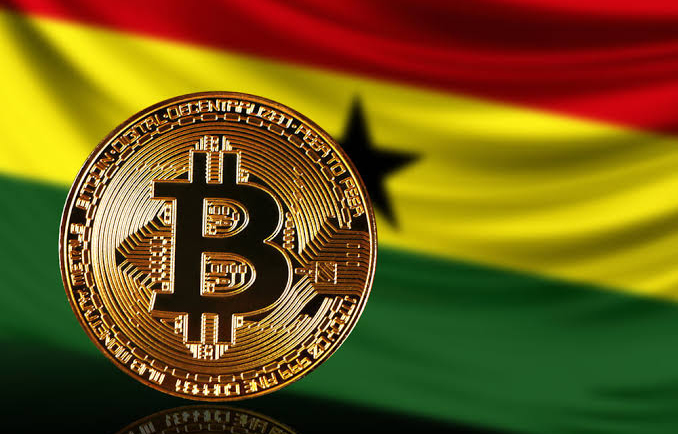
Will This Accelerate Group Coin Launch?
Attributes
- Saudi Arabia, Iran, Ethiopia, Egypt, Argentina, and UAE will join BRICS.
- BRICS members aim to launch a currency reserve aimed at rivaling the U.S. dollar.
- Macroeconomist Lyn Alden points out a major flaw with creating a BRICS currency.
The BRICS bloc admitted Saudi Arabia, Iran, Ethiopia, Egypt, Argentina, and the United Arab Emirates as new members in a move cited to “reshuffle a world order it sees as outdated.”
The developing countries bloc is also in the process of developing a common BRICS currency, powered by the economies of its members.
Lyn Alden, a macroeconomist, reported that it would be “very hard” for Brazil, Russia, India, China, and South Africa to form a BRICS currency based on gold value.
BRICS
The term BRIC (before the inclusion of South Africa) was first coined by Goldman Sachs chief economist Jim O’Neill in a research paper that underlined Brazil, Russia, India, and China growth potential.
The bloc was first created by Russia as an informal club to provide a platform for its members to challenge a world order dominated by the United States and its Western allies.
While the bloc is not as official as the United Nations, World Bank, or the Organisation of the Petroleum Exporting Countries (OPEC), heads of member States meet every year to discuss economic and political cooperation.
Primary BRICS members (Brazil, Russia, India, China, and South Africa) make up 40% of the world’s population and over 25% of the world’s economy.
Recent Saudi Arabia, Iran, Ethiopia, Egypt, Argentina, and the United Arab Emirates inclusion signals the beginning of the bloc’s acceptance of new member states.
The bloc announced it is also open to include more members such as Algeria, Bolivia, Indonesia, Ethiopia, Cuba, Democratic Republic of Congo, Comoros, Gabon, and Kazakhstan.
Gold-backed BRICS Currency
As part of BRICS’ mission to counterweight the dominance of Western powers, the bloc is in the process of developing a common currency using gold as backing.
However, an American macroeconomist gave a detailed explanation of why the launch of this currency will be “very hard”.
In a conversation with Cointelegraph shortly before the BRICS annual summit in South Africa, Alden said: “Backing a fractional-reserve banking system with gold only works temporarily, because the currency units multiply more quickly than the gold does.”
Alternatively, she thinks BRICS members are likely to decrease their reliance on the US dollar by empowering each other’s local currencies, especially the Chinese Yuan.
“This attempt at de-dollarization is likely to contribute to structurally less foreign demand for U.S. Treasuries, higher Treasury yields, and the requirement for the U.S. Federal Reserve to eventually finance a larger share of U.S. government deficits as a result,” Alden told Cointelegraph.
Addressing the topic of Bitcoin and other cryptocurrencies, Alden believes that Bitcoin’s increase in pricing may lead to the fall of the typical banking system.
“In the longer-term, when the Fed has to provide a liquidity backstop for the Treasury market, that would likely be very good for bitcoin, similar to how bitcoin shot up when the Fed had to intervene in the U.S. banking system back in March 2023.”


